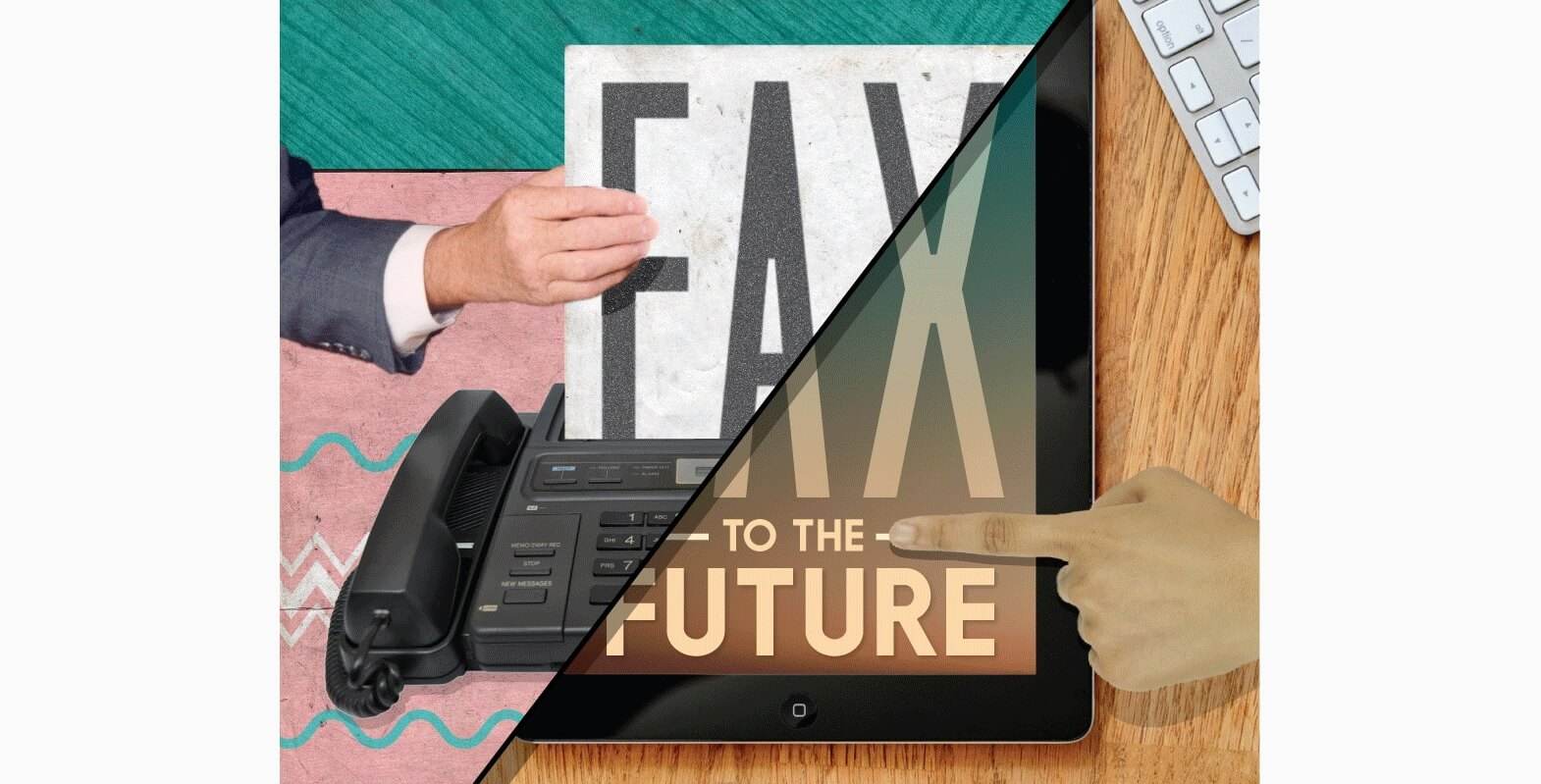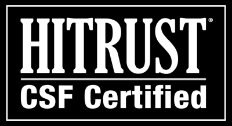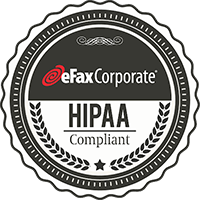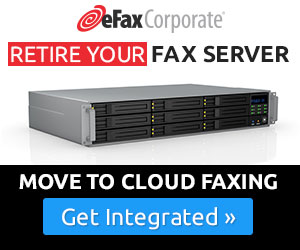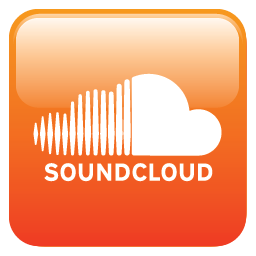In December 2018 it was announced that fax machines will be banned in the UK’s National Health Service (NHS), amid plans to overhaul outdated technology and IT systems. The plan, set out by Health Secretary, Matt Hancock, is to phase out fax machines entirely by 31 March 2020, by which point all NHS organizations will be expected to transition to modern, digital alternatives. All organizations will undergo quarterly audits until they’re fax-free.
With an estimated 8,000 fax machines currently in operation across the NHS, this transition will not be easy, but with the potential for major improvements in patient privacy and cybersecurity – not to mention the potential for improved efficiency and cost savings – any short-term issues will, in theory, be significantly outweighed by the long-term benefits.
Here in the U.S, fax machines have long been a common sight in medical practices, from the smallest physicians offices to the largest hospitals. Even today, it is estimated that fax machines account for 75% of all medical communication, according to a report in Becker’s Hospital Review. While many industries largely abandoned fax machines for email back in the late-90s, healthcare has been tied to faxing due to strict HIPAA (The Health Insurance Portability and Accountability Act of 1996) regulatory requirements that favor fax as a transmission method for protected healthcare information (PHI). However, with so much modern technology at its disposal today, could the days of printing and scanning paper documents into a fax machine become a thing of the past?
With increasing pressures on healthcare organizations to improve cybersecurity, interoperability and privacy practices, the answer would seem to be, yes. However, convincing an entire industry that is largely dependent on fax-based workflows to trade in their trusted hardware and ingrained processes for new digital solutions will require a complete shift in mindset, and that will take a lot of persuasion in the form of carrots and sticks from the responsible government agencies.
The war on fax
While fax machines may still be present in the U.S healthcare system, they’re not necessarily welcomed. Back in 2009, the Obama administration launched an initiative to digitize healthcare through incentive schemes, to the princely sum of $30 billion. The scheme contributed to the increased adoption in EHRs (electronic health records) which grew from 9% in 2008 to 83% in 2015, but in the rush to roll out the new technology, little thought was given to interoperability between different vendor’s healthcare systems. Old habits die hard, and consequently, fax machines have remained the lowest common denominator of healthcare interoperability because everyone can receive and read a fax.
But other initiatives show that change is on the horizon. As part of an effort to overhaul legacy EHR Incentive Programs, in April 2018 the Centers for Medicare & Medicaid Services (CMS), of the U.S. Department of Health and Human Services (HHS), announced that it was renaming the hospital “Meaningful Use” (MU) program which incented the adoption of EHRs, to the “Promoting Interoperability” (PI) program, to reflect a focus of newly-proposed policy changes. With this change came a promise of end-to-end digital connectivity across platforms and even health systems. The intentions are good, but implementing a change of this scale will take many years to take hold.
In the meantime, hosted cloud fax offers a best-of-both-worlds solution.
Utilizing secure cloud technology, cloud fax solutions such as eFax Corporate offer a seamless transition from traditional fax machines and fax servers, via a familiar computer interface. Using a cloud fax solution, users are able to send and receive faxes without a fax machine via virtually any online channel, be it email, a mobile app, or a secure web-portal. Using any of these options, administrators are able to assign access controls and permissions to ensure only authorized personnel are able to view sensitive information, while end-to-end encryption ensures data remains secure during transmission and in storage. What’s more, audit trails provide details of every fax that is sent or received, with whom, and when – no more wondering whether or not a fax has been received.While traditional fax machines have met the needs of healthcare organizations for decades, they cannot compete with the security, accountability, and convenience of modern cloud-based alternatives. Traditional faxing isn’t going to disappear any time soon, but recent initiatives here in the U.S, and the impending mandated phase-out of fax in the U.K.’s National Health Service, provide the biggest indication yet that the fax machine’s days are well and truly numbered.
